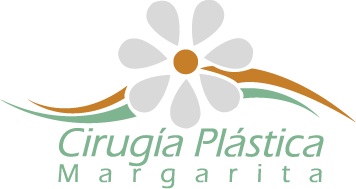
Over the years, sun exposure, stress, snuff and hereditary characteristics, they appear on the face and neck of people certain wrinkles and furrows, generated by the thinning or loss of fat filling and fall normal skin tissues. He Lifting It is one of the most common surgical procedures in our society and can temporarily stop this aging process in women and men. The results in the hands of a skilled plastic surgeon are very natural and lasting present time.
The best candidate for a rhytidectomy He is a man or woman whose face and neck have begun to show signs of sagging but whose skin still has some elasticity and whose bone structure is strong and well defined. Most patients are between 40 and 60 years of age, however you can perform stretching of the facial skin in people who have an older age at 70 or 80 years. A Lifting Facial can make you look younger and your skin look smoother, can also improve the confidence you feel in itself / o. It can not, however, give you a totally different look, nor can it restore the health and vitality of their youth.
Your surgeon should check the medical conditions that could cause problems during and after surgery, such as high and uncontrolled blood pressure, clotting problems blood or having your skin tendency to form excessive scars. Be sure to tell your surgeon if you smoke or are taking any drugs or medications, especially aspirin or other drugs that affect blood clotting.
At Lifting Facial two types are:
- Lifting classic:an incision that begins in the scalp above the ear, descends in front of the ear lobe passes under and ends behind the ear is made. It can be, also, in front of the pin. then lift the skin and deep tissues rise. redundant skin is removed and the wounds are sutured. Usually associated removal of neck fat (double chin) through a small incision under the chin or liposuction. . Stitches start to be removed between 3 and 5 days after surgery.
- Minilifting: It is a procedure that involves making an incision in front and only under the pin and front of the ear. the skin is lifted and the deep tissues of the cheek and neck rise. redundant skin is removed and sutured. Recovery is short and now, many patients with very active social life opt for this type of operation.
Your surgeon will give you specific instructions on how to prepare for surgery, including guidelines on eating and drinking, smoking and vitamins and medications should be taken or avoided. If you follow closely these instructions will help your surgery is performed more efficiently and fewer obstacles. If you smoke is especially important to quit at least a week or two before and after surgery; to smoking blood flow to the skin it is inhibited and this can interfere with the healing of the incision areas. If your hair is very short, you probably want to let it grow out before surgery so that is long enough to hide the scars while they heal.Whether you are admitted to the hospital or not, when making Lifting Facial, must arrange for someone to drive you home after surgery and to help you for a day or two if needed.
Generally no significant discomfort after surgery; if any, your surgeon may prescribe pain medication. (. If severe or persistent pain, or an immediate swelling of your face, must immediately inform your surgeon) It is very normal to have some numbness of the skin; it disappears in a few weeks or months.Chances are your doctor advises you to keep your head elevated and as still as possible for a couple of days after surgery, this helps reduce inflammation.
They are withdrawn most sutures after about five days. The scalp may take longer to heal, requiring leave sutures or metal clips on the lines of the scalp for more days.
Most of the scars will be hidden inside the hair and within normal skin folds around the ear.







